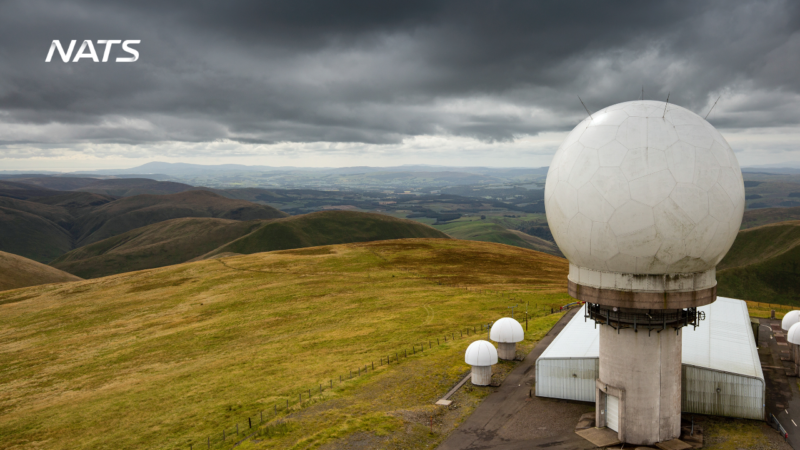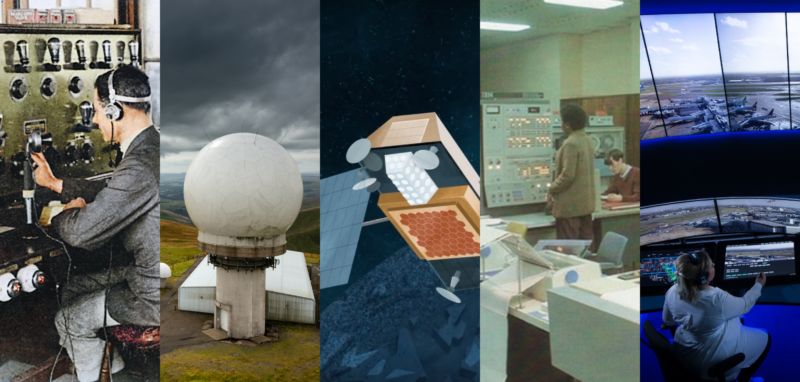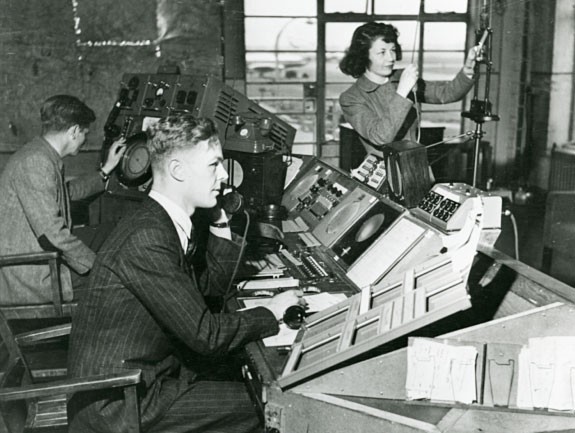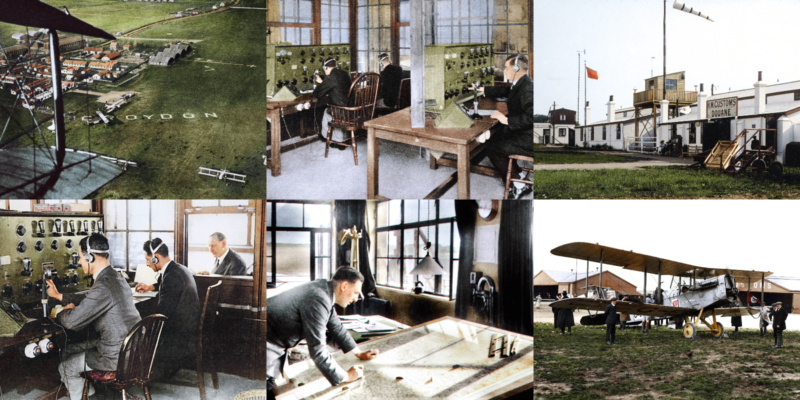Many of us have seen the big, rotating radar dishes at the airport when we’re jetting off somewhere, but few probably know the story behind why they’re there and what they actually do.
Radar assists air traffic controllers in their main task of ensuring aircraft stay safely apart, but it is actually standard international practice to monitor airspace using two radar systems – primary and secondary. These ensure that controllers have the very best possible picture of what’s in the skies so they can do their job as safely and efficiently as possible.
The first system, primary radar, is based on the earliest form of radar developed in the 1930s and provides basic information about the position of an aircraft in relation to the radar by using reflected radio signals. Essentially, the radar fires out huge amounts of powerful radio waves and then waits to see what gets reflected back. It will show the bearing of all aircraft within its area of coverage, but it also shows other objects like high terrain, some types or weather like big rain clouds, and possibly even large flocks of birds. Obviously, that’s not ideal, so over the last 80 years it’s become increasingly possible to filter these things out, but the big advantage primary radar still has is that all of the equipment is on the ground with nothing needed from an aircraft’s on-board systems in order to detect it.
Many scientists contributed to the development of radar as we know it today, but perhaps of best known is Robert Watson-Watt, a Scottish physicist who started his working life at the Met Office, using radio waves to detect approaching storms.

Watson-Watt and the first workable radar unit constructed by him and his team. By Elektrik Fanne – Own work, CC BY-SA 4.0
During the run up to World War II, and born out of experiments designed to develop an offensive radio beam weapon – notably a ‘Death Ray’ that would incapacitate pilots in their cockpits – Watson-Watt and his assistant Arnold Wilkins, realised they could instead use the technology to detect approaching enemy aircraft. This thinking led to the creation of an elaborate network of ground-based radar detectors along the South East of England and the Chain Home network was established – the world’s first radar system.
Having advance warning of the location and strength of enemy movements contributed significantly to the outcome of The Battle of Britain and ultimately the war itself. Radar technology evolved considerable during the war, including increasingly ingenious ways to thwart it in the run up to D-Day.
Perhaps the biggest innovation in radar technology since its inception was the introduction of Secondary radar, itself an iteration on the military functionality of IFF ‘Identification Friend or Foe’ system. secondary radar is selective, and only displays information from aircraft equipped with a piece of on-board equipment known as a transponder.
Before an aircraft departs from a major airfield or before it enters the airways system, it is allocated an individual four-digit code, which the pilot dials up on the transponder. The ground-based radar then talks to the transponder and when it recognises the code, the aircraft’s height information, callsign, destination and a host of other information, are then displayed to the controller in the form of a label next to the aircraft on their radar screen.
The latest secondary radars can also download selected additional data from the aircraft, such as the flight level the pilot has selected and other telemetry and administrative information. This allows controllers to monitor an aircraft’s intentions as well as where it is and intervene if necessary – an obvious safety benefit if the pilot has accidentally entered the wrong flight level.
New technologies continue to appear, most recently we have ADS (Automatic Dependent Surveillance) and Multilateration systems, but all the latest surveillance technology currently still requires the aircraft to cooperate in some way with the ground systems, meaning the value of primary radar – comparatively primitive as it is – is unlikely to disappear from complex airspace for the foreseeable future.
Without an accurate and dependable picture of what’s going on in the skies above us, managing the 2.6 million flights a year we typically see in the UK would be impossible. Everyone, especially those who fly today, owes a debt to Robert Watson-Watt and his team, with the technology that they developed in 1935 remaining clearly traceable as the backbone of what we still use today.
Comments
Please respect our commenting policy and guidelines when posting on this website.





21.08.2020
18:10
Charles Turner
Excellent, thank you.